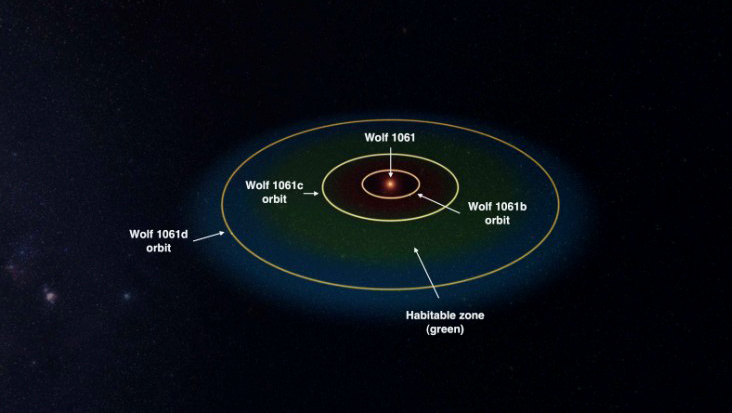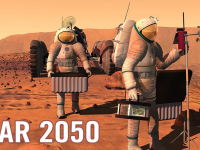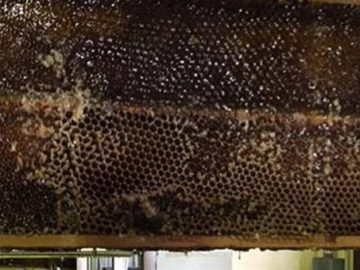Astronomer Stephen Kane hunts for signs of life in one of the extrasolar systems closest to Earth
Is There Anybody Out There? The burning question whether humans are alone in space is a matter of interest to everyone, from physicists and biologists to philosophers and filmmakers. San Francisco State University astronomer Stephen Kane’s research into exoplanets, i.e., planets outside of our solar system, is also focused on this question.
Known as an influential “planet hunter”, Kane’s aim is to find “habitable zones,” places where, in case of sufficient atmospheric pressure, water could exist in a liquid state on planet’s surface. Kane analyzed the habitable zone of a planetary system 14 light years away, together with his team that also included Miranda Waters, a former undergraduate student. The findings will be published in the forthcoming Astrophysical Journal in a paper titled “Characterization of the Wolf 1061 Planetary System.”
According to Kane, the Wolf 1061 system is significant as it is close to Earth and opens up possibilities for additional studies to find out if it is habitable.
However, the interest of Kane and his team for Wolf 1061 didn’t arise only from its position relative to Earth. A rocky planet called Wolf 1061c which is one of the three planets in this system is within the habitable zone. The team collaborated with associates at Tennessee State University and in Geneva, Switzerland in order to measure the central star this planets orbits around and find out whether it supports life.
Kane explains that scientists compare every planet with Earth, and their aim is to find a planet with very similar properties to it every time they search for planets that could possibly support life. More precisely, the planet would have to be in a “Goldilocks zone” or in a sweet spot with the best possible combination of factors to host life.
In other words, the planet shouldn’t be too close to its parent star because it would be too hot, neither too far from it, because in this case the water could turn into ice as it happens on Mars.

As a matter of fact, as a reaction to the planets’ warming, “runaway greenhouse effect” could happen and heat could stay trapped in the atmosphere. According to NASA scientists, this is the logic behind what happened to Venus, Earth’s twin, which had oceans a long time ago, but because of its proximity to the sun the planet warmed too much and all the water evaporated. Consequently, the vapor trapped the heat on planets’ surface that became extremely hot, now reaching incredible 880 degrees Fahrenheit.
Being closer to the parent star, i.e., closer to the inner edge of the habitable zone, Wolf 1061c is more likely to have atmosphere similar to Venus. Kane noted that “It’s close enough to the star where it’s looking suspiciously like a runaway greenhouse.”
The implication is that if Earth has gone through climatic changes as an ice age because the shape of its orbit around the Sun varies slowly over tens of thousands of years, Wolf 1061c’s orbit shows more frequent variations which could lead to chaotic climate conditions. “It could cause the frequency of the planet freezing over or heating up to be quite severe,” Kane concluded.
All these findings lead to the question: Can life exist on Wolf 1061c? Kane presents one possibility for this; Wolf 1061c’s orbit changes over short timescales could be enough for the planet to cool down. However, deeper research is needed to get a complete picture of the processes that happen on the planet’s surface.
New telescopes as the James Webb Space Telescope, the successor to the Hubble Space Telescope, will appear in the forthcoming years, Kane said, making it possible to identify the atmospheric components of the exoplanets and discover what really happens on planet’s surface.




































Connect with us